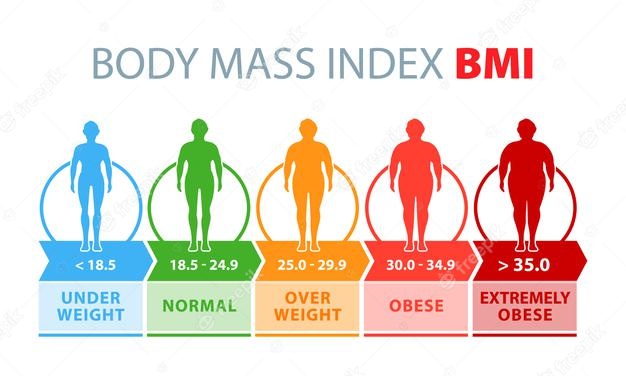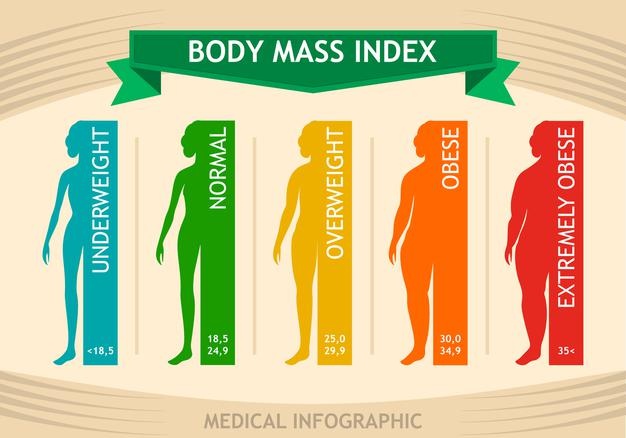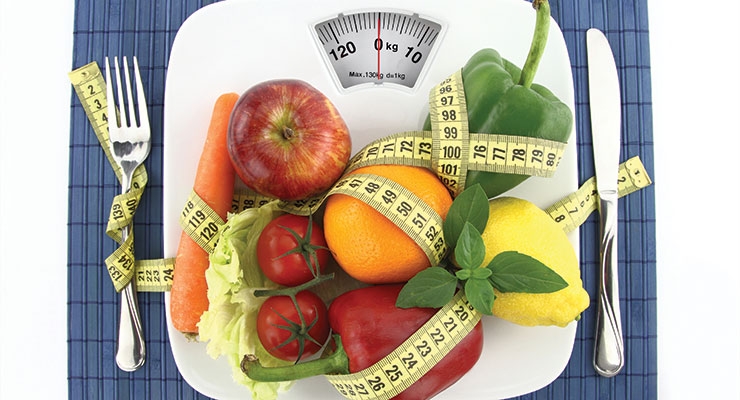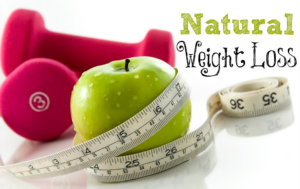Many of us would like to make changes in our weight. Most of us would like to lose weight but some of us may want to gain weight.
How do we maintain a healthy weight?
- Pay attention to portion size
- Use the plate method of choosing foods
- Limit foods with more than 5 grams of fat per serving
- Eat 5-7 servings of fruit and vegetables a day
- Drink water or broth-based soups
- Plan your meals and snacks and plan for regular eating times
- Eat breakfast
These recommendations work for most people, but if this doesn’t work for you, get some help. Two good resources to start with are your health care provider and a Registered Dietitian. Our weight affects our health, the way we look, our ability to move, and the way we feel about ourselves. Too much weight contributes to arthritis from too much joint stress, diabetes from high blood sugar, and high blood pressure. Being underweight can weaken our immune system and make us less able to fight infection. Being either overweight or underweight can have major effects on your life.
To get a sense of a healthy weight range check out your Body Mass Index (BMI). Although not a perfect tool, the BMI is a useful, quick and general guide for adults based on weight and height. For many people it relates to total body fat and health risks.
For more information on healthy weight management visit the St Kitts Health Promotion Unit or find more information in the book – Living a Healthy Life with Chronic Conditions.






